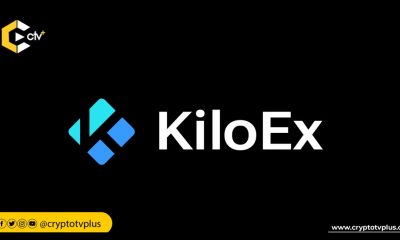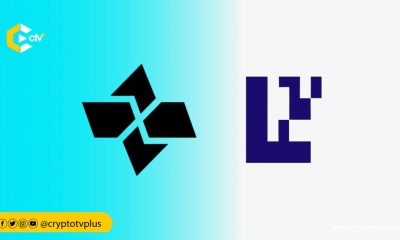News
How Bumper is redefining risk management for DeFi traders

Samuel Brooks, Bumper‘s Chief Technology Officer (CTO), and Jonathan DeCarteret, co-founder of Bumper, took center stage at the Permissionless Web3 event to present a new project aiming to redefine how crypto enthusiasts engage with financial markets.
The CTO explained that the team behind Bumper identified limitations in legacy market infrastructures that often prioritize individual profit maximization.
This investment of $20 million over three years, in collaboration with crypto economics and modeling experts, led to the creation of Bumper, a platform that enables users to adjust the volatility of Ethereum tokens.
Limitations of traditional markets
He explained how traditional markets require participants to constantly allocate more resources, including time, money, and energy, to maintain their position in the top 50% of traders, echoing the concept of a “race condition.”
However, Bumper seeks to challenge this paradigm by introducing a new market architecture that shifts the focus from maximizing individual profit to minimizing individual loss.
Samuel explained that Bumper’s design is rooted in a set of trilateral trade-offs aimed at reducing the cost of protection for users, maximizing yields for liquidity providers, and ensuring the platform’s solvency.
With his engineering background, he described Bumper’s system as designed for efficiency, reliability, and safety. He clarified that while Bumper shares some similarities with traditional stop-loss orders, put options, and insurance products, its approach is unique.
The heart of Bumper’s premium calculation involves multiple inputs, including volatility, liability, and internal liquidity. Notably, Bumper’s premium accumulates over the lifetime of a position, a departure from upfront payments associated with traditional insurance and options products.
Swapping, and liquidity reserves
Samuel added that when using Bumper, and liquidity targets exceed certain thresholds, the system initiates self-protection measures, such as executing swaps and rebalancing.
He also pointed out that Bumper’s market architecture includes liquidity reserves, crucial for system stability. These reserves not only provide time for dynamic incentives to adjust but also minimize unnecessary swaps in response to minor volatility, reducing the risk of losses for traders.
The presentation concluded with promising results, showcasing Bumper’s potential to offer premiums approximately 30% cheaper than observed market put option prices, with yields ranging from 3% to 18%.
In his closing statement, he revealed that Bumper is live and represents a pioneering example of a new era in market design leveraging blockchain technology.
Read also; Chronicle Labs unveils decentralized Oracle protocol for web3 DApps

























1 Comment